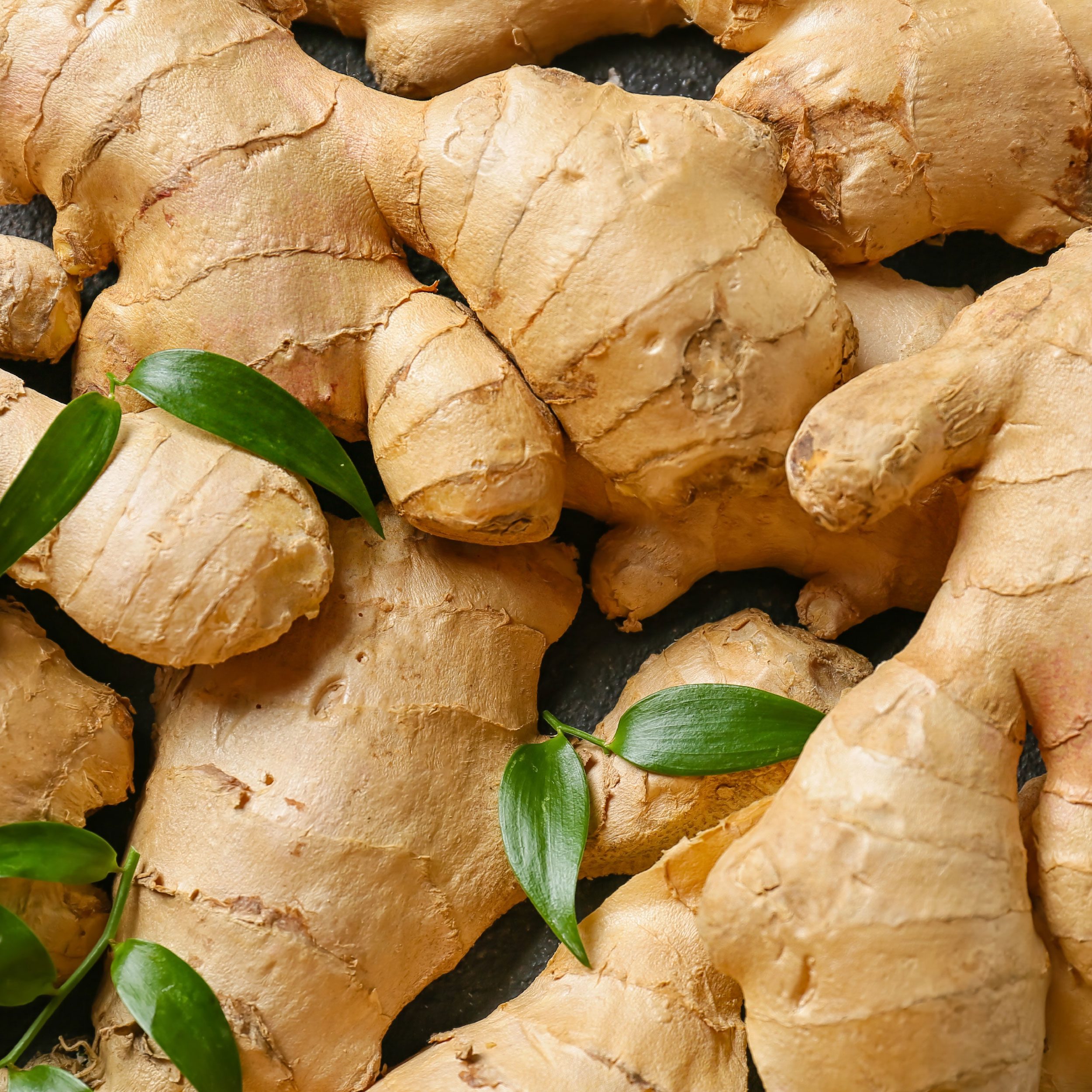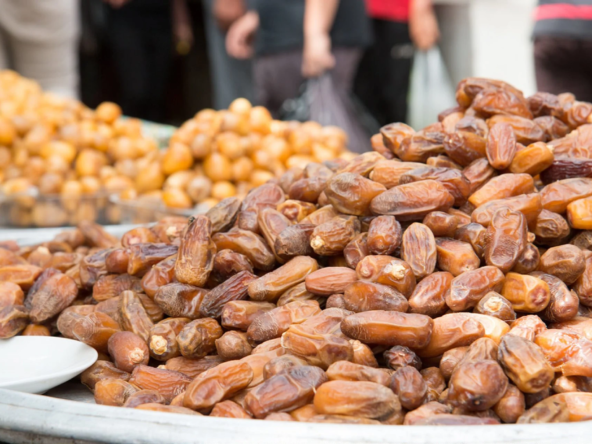Ginger (Zingiber officinale) is a perennial herbaceous plant widely prized for its aromatic rhizome. Known for its culinary, medicinal, and economic value, ginger cultivation and preservation are critical to maintaining its quality and effectiveness. This article provides a comprehensive overview of the cultivation practices, drying methods, and preservation techniques essential for producing high-quality ginger.
Cultivation of Ginger
1. Climate and Soil Requirements: Ginger thrives in tropical and subtropical climates with temperatures ranging between 25°C and 30°C. It requires a moderate rainfall of 1500-3000 mm annually, with well-distributed moisture. The ideal soil for ginger is well-drained, loamy, or sandy loam soil rich in organic matter, with a pH between 5.5 and 6.5.
2. Propagation and Planting: Ginger is propagated vegetatively using rhizomes. Select healthy, disease-free rhizomes with prominent buds. The rhizomes are cut into 2.5-5 cm pieces, each containing at least one bud. These pieces are treated with fungicides to prevent rot and are then planted in prepared beds, maintaining a spacing of 20-25 cm between rows and 15-20 cm within rows. Planting is done at the onset of the rainy season.
3. Field Management:
- Weeding and Mulching: Regular weeding is essential to reduce competition for nutrients. Mulching with organic materials like straw or leaves helps retain soil moisture, suppress weeds, and add organic matter to the soil.
- Fertilization: Ginger requires a balanced fertilization regime. Organic compost or well-rotted manure is applied during bed preparation. Additional nitrogen, phosphorus, and potassium are supplied through chemical fertilizers or organic amendments as the plants grow.
- Irrigation: Consistent moisture is crucial, especially during the dry season. Irrigation schedules should be adjusted according to rainfall and soil moisture levels to prevent water stress.
4. Pest and Disease Management: Ginger is susceptible to pests like shoot borers, and diseases such as rhizome rot and leaf spot. Integrated pest management (IPM) practices, including crop rotation, biological control agents, and organic pesticides, help maintain plant health.

Drying and Preservation Process
1. Harvesting: Ginger is typically harvested 8-10 months after planting when the leaves start yellowing and drying. Harvesting involves carefully lifting the rhizomes from the soil, cleaning them to remove dirt and adhering soil particles.
2. Washing and Peeling: Post-harvest, the rhizomes are washed thoroughly to remove soil. Depending on the desired end product, the rhizomes may be peeled. Peeling can be done manually or mechanically, although manual peeling is preferred to minimize damage to the rhizomes.
3. Drying: Drying is crucial to reduce moisture content, thus preventing microbial growth and spoilage. There are several methods for drying ginger:
- Sun Drying: Traditionally, ginger is spread on drying mats or trays and left to dry under the sun for several days. While cost-effective, this method is weather-dependent and may lead to uneven drying.
- Mechanical Drying: Involves using electric or fuel-powered dryers. Hot air at 50-60°C is circulated around the ginger rhizomes, ensuring uniform drying. This method is faster and more reliable, yielding higher-quality dried ginger.
- Solar Drying: Combines elements of both sun and mechanical drying. Solar dryers capture and concentrate solar energy to dry the ginger, offering a sustainable and efficient drying option.
4. Preservation: Once dried, ginger must be stored properly to maintain its quality. The key preservation techniques include:
- Packaging: Dried ginger is packed in airtight containers or vacuum-sealed bags to protect against moisture and pests.
- Storage Conditions: Store in a cool, dry place away from direct sunlight. Maintaining a low humidity environment is crucial to prevent mold growth.
- Further Processing: For longer shelf life and enhanced usability, dried ginger can be powdered or converted into ginger oil or oleoresin.
Conclusion
The cultivation, drying, and preservation of ginger require meticulous attention to detail at each stage to ensure the final product is of high quality. Understanding and implementing best practices in ginger agriculture and post-harvest processing can significantly enhance yield, quality, and market value, making ginger cultivation a profitable and sustainable endeavor. Whether for culinary use, medicinal purposes, or commercial production, mastering these processes is essential for anyone involved in the ginger industry.
Ajigofarms is a reliable global agricultural purchase sourcing with profound expertise in the manufacturing, and exportation of food crops. We are tested, and trusted suppliers of all kinds of cash crops and food crops. Our constant supply chain solution makes exporting easy, quick, and safe, we are identified with timeliness and meeting up with deadlines. Regardless of the region you are located in worldwide, you can reliably order your Agric products and be rest assured of successful delivery.




